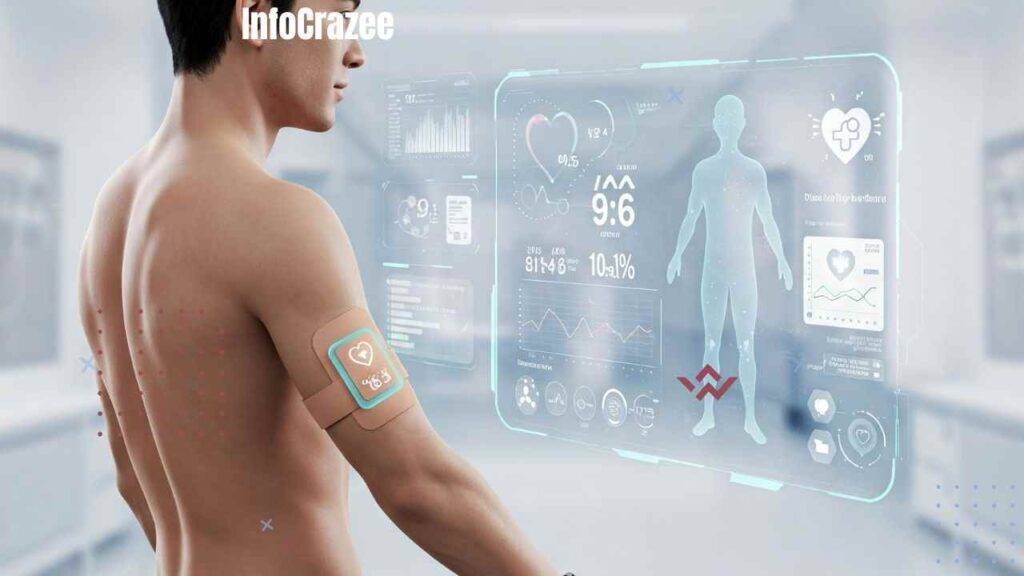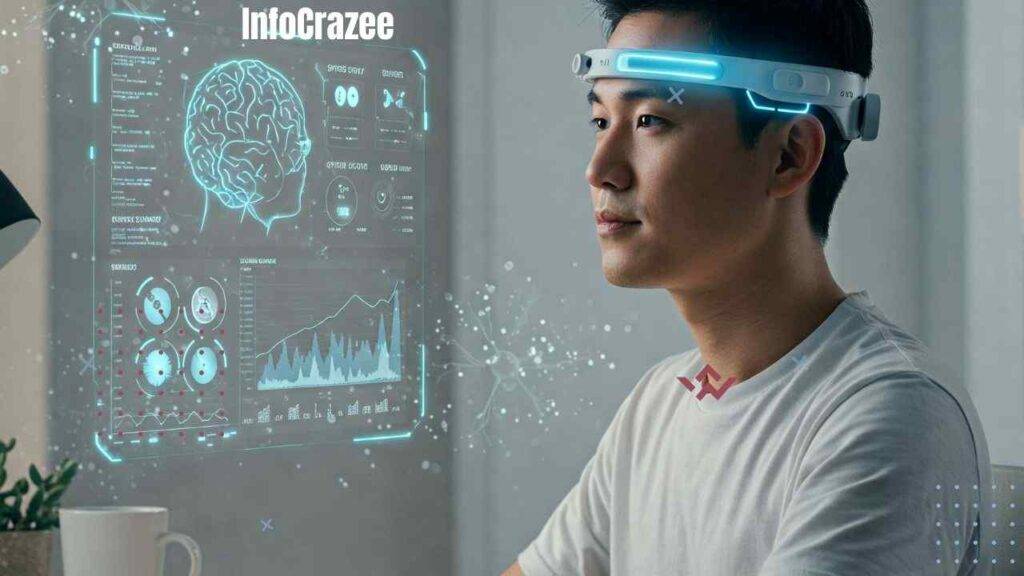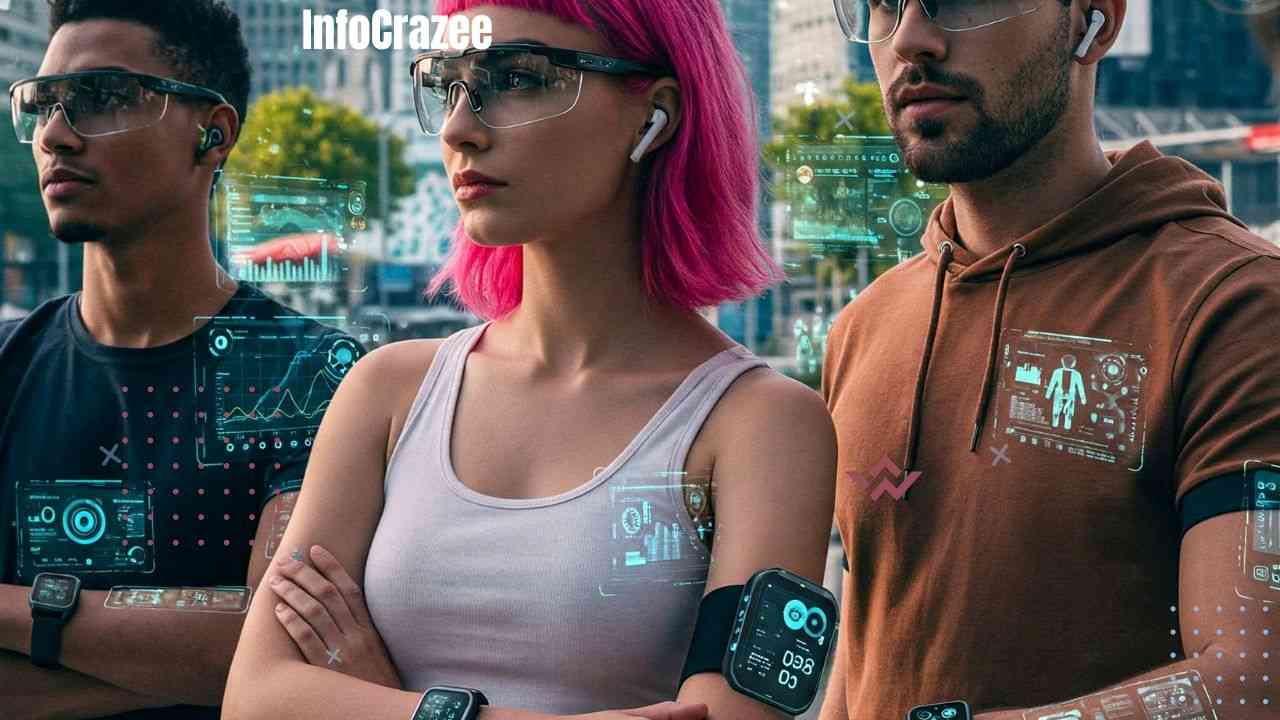Wearable Tech of the Future: What’s Next for Smart Gadgets You Can Wear
Imagine your smartwatch reminding you to hydrate, your shirt tracking your posture, or your glasses giving you real-time directions as you walk. Sounds futuristic? Well, it’s not that far off. Wearable technology is evolving fast, and it’s doing way more than just counting your steps.
In this article, we’re diving into what’s coming next in the world of smart gadgets you can wear—and how these innovations are going to make our lives healthier, easier, and maybe even a little cooler.
A Quick Look at Where We Are Now
Before we jump into the future, let’s take a moment to appreciate how far we’ve come.
Right now, the most common wearable devices include:
- Smartwatches – Track your fitness, heart rate, and notifications.
- Fitness bands – Perfect for step tracking and workout stats.
- Smart rings – Small but powerful, tracking sleep and activity.
- Wireless earbuds – Not just for music—some now monitor your health too.
These gadgets have become everyday essentials for many of us. But the future? It’s even more exciting.
What’s Next in Wearable Tech?
1. Smart Clothes Are Coming
Yes, your T-shirt might soon be smarter than your phone. Companies are developing smart fabrics that can monitor your health in real time.

- Example: A smart shirt that checks your heart rate and breathing while you’re at the gym.
- Cool bonus: Some might even adjust temperature based on your body heat.
2. HealthCare Monitoring 2.0
Wearables are about to go deeper with real-time health diagnostics.

- Non-invasive glucose monitors for people with diabetes.
- Blood pressure monitoring without a cuff—just a patch or bracelet.
- Early illness detection, using AI to spot patterns before symptoms appear.
Imagine getting a heads-up from your device before you even feel sick.
3. Brain-Boosting Wearables
Neurotechnology is growing, and future wearables could help with:

- Focus and productivity
- Stress and mood tracking
- Sleep quality improvement
Some headbands already use gentle brainwave stimulation to help you relax or focus. It sounds like sci-fi, but it’s real tech in development right now.
4. AR Glasses: Smarter Than Ever
Augmented reality (AR) glasses are on the rise. Unlike VR headsets that block out the world, AR adds digital info to what you’re already seeing.

- Live translations while you travel.
- Navigation directions right in your field of view.
- Video calls with facial overlays or task instructions.
Think of it as having a mini computer in your glasses.
5. Wearables That Power Themselves
Battery life is still a struggle, but new wearables may use body heat, solar power, or even movement to keep going. This means fewer charging breaks and more freedom to wear and forget (in a good way).
How Wearables Are Changing Daily Life
Let’s look at a few real-life scenarios.
- Emma, a busy mom and part-time yoga instructor, uses her smartwatch to track her workouts, monitor stress levels, and get text updates without checking her phone every two seconds.
- Carlos, who has high blood pressure, wears a smart patch that alerts him if his heart rate spikes. It even shares the info with his doctor automatically.
- Asha, a software engineer working remotely, uses smart earbuds that cancel noise and adjust based on her environment—helping her stay focused without distractions.
These examples show that wearable tech is not just a “nice-to-have”—for many, it’s a life-changer.
Should You Invest in Future Wearables?
Here are some quick pros and cons:
✅ Pros:
- Real-time health tracking
- Improved productivity and focus
- Hands-free access to info
- Personalized wellness tips
❌ Cons:
- Cost (some can be pricey!)
- Privacy concerns with health data
- Still new—bugs or limitations may exist
Tip: Start small. A fitness tracker or basic smartwatch is a great entry point. Then, as the tech grows, you can upgrade based on your needs.
FAQs
Q1: Are wearable gadgets safe to use long-term?
A: For most people, yes. They’re designed to meet safety standards. But it’s always good to read the manual, take breaks, and talk to a doctor if you have concerns—especially with health-focused wearables.
Q2: Will wearables replace phones someday?
A: Not completely—at least not yet. But they’re becoming strong companions to phones. In some cases, like with AR glasses or smartwatches, you might not need to check your phone nearly as often.
Q3: What’s the most useful wearable for beginners?
A: A fitness tracker or entry-level smartwatch is a solid start. It gives you a taste of what wearable tech can do without breaking the bank.
Final Thoughts
The future of wearable tech is exciting—and it’s happening fast. From smart shirts to brain-boosting headbands and glasses that help you navigate the world, these gadgets are becoming more useful, more personal, and more powerful every year.
Whether you’re a tech enthusiast or just curious about what’s next, one thing’s for sure: wearable tech is not just a trend—it’s the next step in how we live, work, and take care of ourselves.
Stay curious, and keep exploring the future with us at infocrazee—where we keep things smart, simple, and easy to understand.






